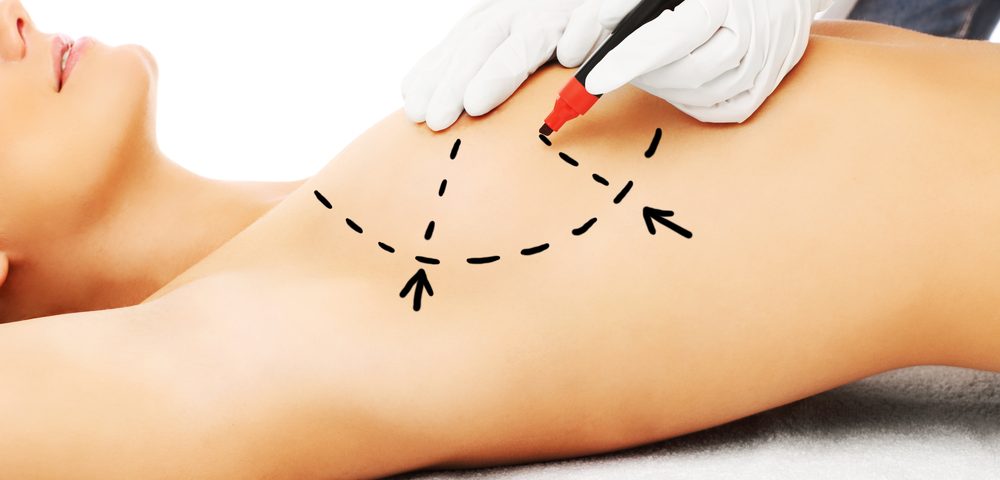A team of plastic surgeons has developed a new technique for breast reconstitution after mastectomy, which combines the advantages of two commonly used microsurgical procedures that rely on abdominal tissue to rebuild the breast.
Flap surgeries are reconstructive surgeries that use tissue from the patient’s abdomen, tights, or buttocks — with an intact blood supply — to reconstruct a breast. DIEP (deep inferior epigastric perforator) and SIEA (superficial inferior epigastric artery) are two of the traditional flap techniques used for breast reconstitution. Both harvest skin and fat from the lower abdomen. But whereas DIEP relies on a muscle incision to remove the deep inferior epigastric vessels, an artery and a vein in the abdominal muscle that provide blood supply to the flap, SIEA uses the superficial inferior epigastric vessels present in the flap for blood supply. SIEA is the less invasive technique, but fewer than 20 percent of mastectomy patients are candidates for the procedure and the superficial vessels are very small, often leading to flap loss.
The new procedure, performed by University of Texas Southwestern Medical Center surgeons, is called Superior Inferior Epigastric Artery-Deep Inferior Epigastric Artery, or SADIE flap, and improves on the DIEP and SIEA reconstruction techniques.
“In traditional SIEA flaps, there can be considerable ‘mismatch’ of blood vessels when bypassed into the chest. This is what can make the traditional SIEA flap inconsistent and unreliable in terms of success,” Dr. Sumeet S. Teotia, an associate professor of plastic surgery and a co-developer of the procedure, said in a press release. “In our approach, even though the technique and surgery demands high level of experience with usual DIEP/SIEA flaps, there is no ‘mismatch’ of blood vessels, and the flow of blood is not burdened by any turbulence issues.”
Just as a perfect ‘seal’ is difficult when connecting two pipes of different sizes together, causing debris to build, mismatches in blood vessel sizes can occur in the two traditional techniques and cause arteries to clot, the surgeons said. To solve the pipe problem, an intermediary pipe with a smaller opening at one end and a larger opening at the other is needed — a solution the surgeons modified and adopted.
“We have essentially created an ‘intermediate’ pipe system to artery mismatch of the SIEA flap to join the chest side,” said Dr. Nicholas Haddock, an assistant professor of plastic surgery and procedure co-developer with Dr. Teotia. “We bypassed the SIEA into DIEA system, and then that got bypassed into the chest, with no size mismatches and all end-to-end connections. In this case, there is no ‘debris’ build up into arterial system. The high flow system of the chest keeps everything streamlined into the smaller system as it flows in and out.”
A drawback, though, is the surgery’s difficulty and the subsequent high level of skill demanded.
“This type of work is at the level of Super-MicroSurgery, where instruments used are specifically designed for such procedures,” Dr. Teotia said. SADIE flap surgeries are very complex and require experienced microsurgeons highly familiar with the DIEP/SIEA methods. The two UT surgeons have already completed three SADIE flap surgeries successfully.

